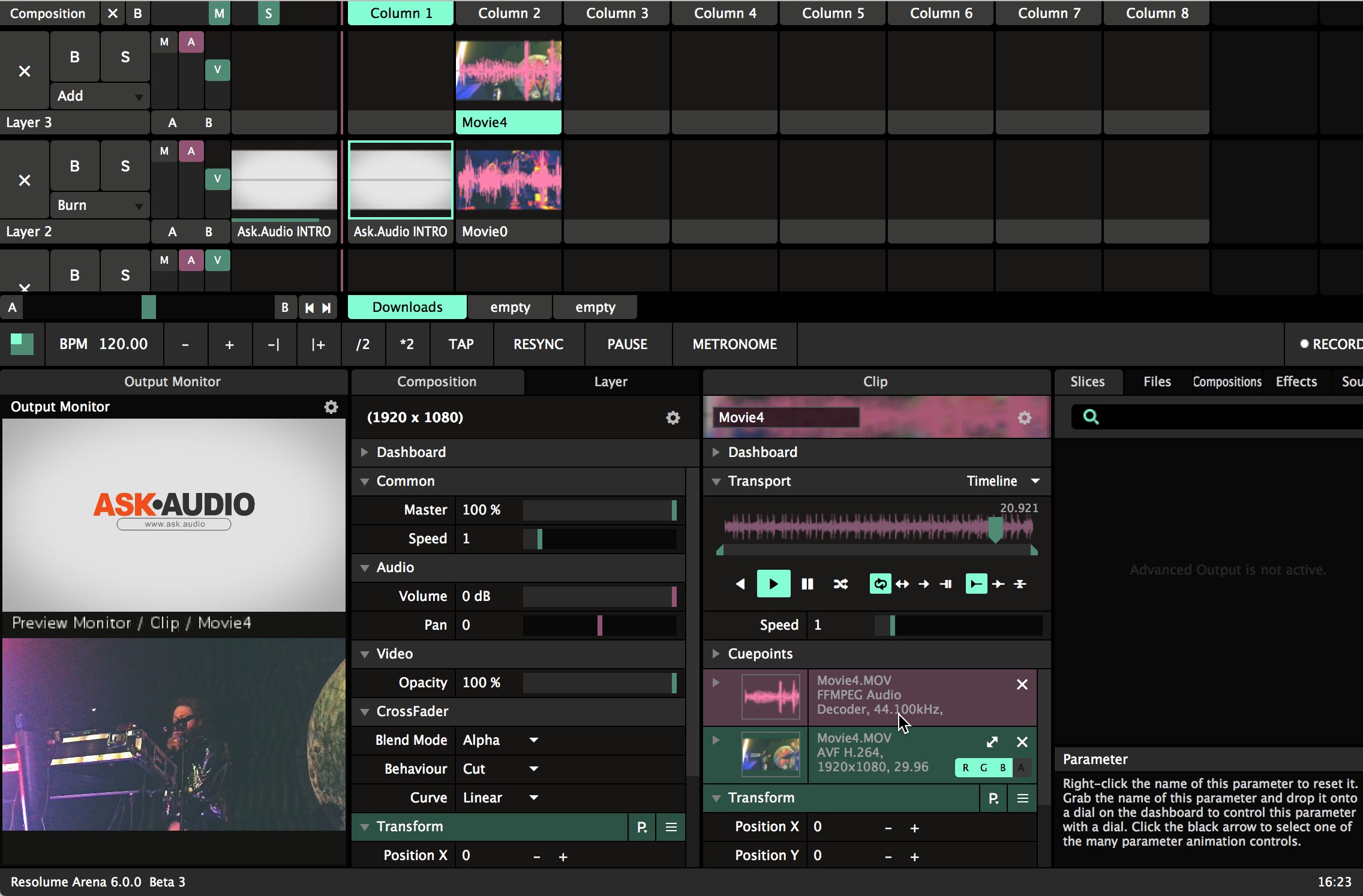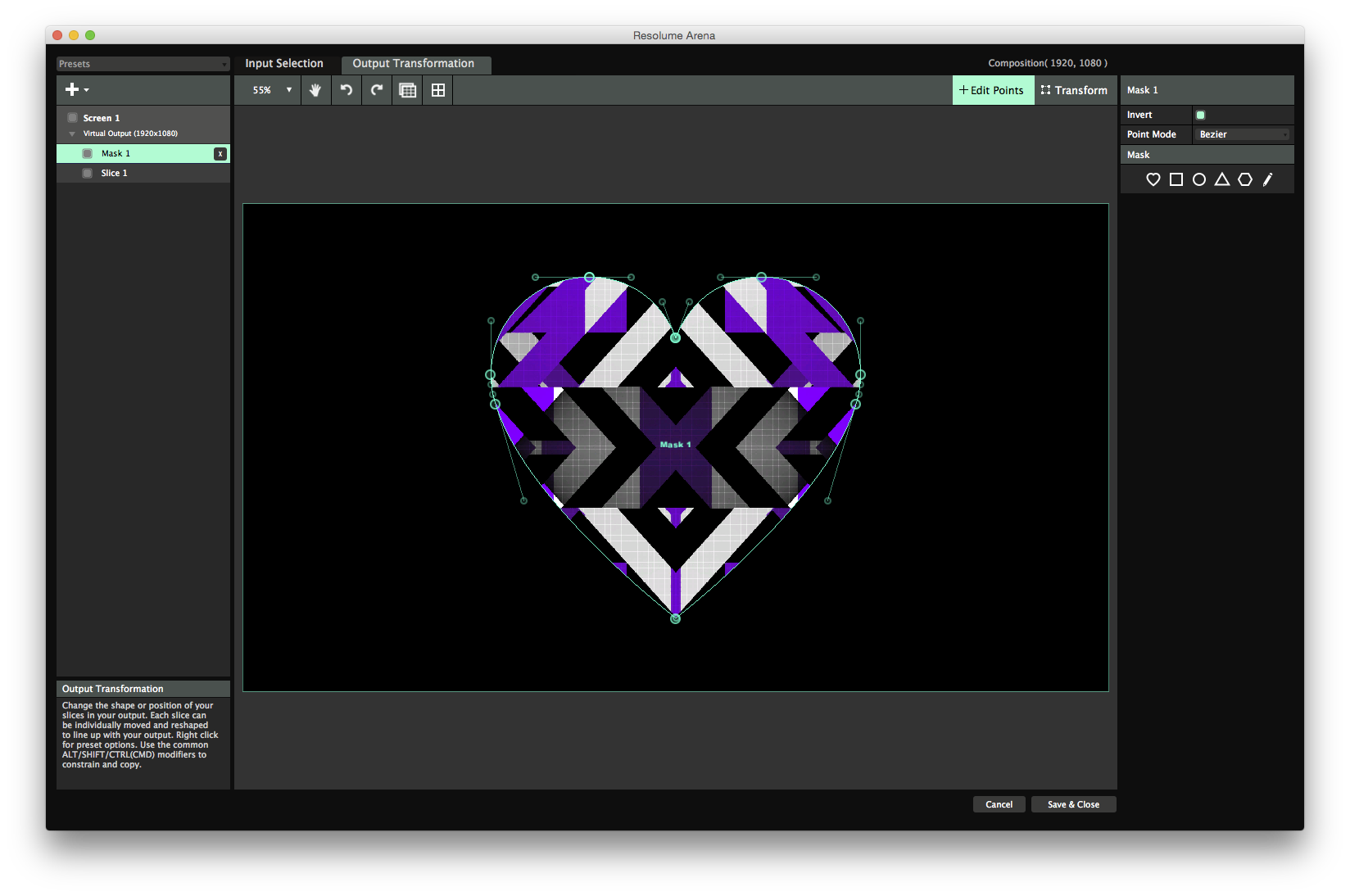


What does that mean? When you’re talking to someone, you’re using visual cues to determine what they’re saying. The visual element, however, changes, so sometimes the guy looks like he’s saying “ba” and sometimes he looks like he’s saying “fa.” When you hear the “ba” audio matched with the “ba” video, you’ll hear “ba,” but when you see it matched with the “fa” video, you’ll see “fa.” In the video, the sound “ba” is played over and over. A famous illustration is shown in the video below (which you should watch if you can, it’s really mind-bending). This is when a single vocal sound is paired with two different videos of someone speaking. You likely have no idea you’re doing it, but when someone is talking, you’re looking at their lips to help understand what they’re saying.Ī famous instance of this is the linguistic phenomenon called the McGurk effect. That is a big part of it, but there’s another factor: seeing what they’re saying. You might think that understanding someone is only about clearly hearing what they’re saying. Remember your vocal exercises: diction is done with the tip of the tongue and the teeth. Talking with some dramatic flair can also generally make what you’re saying easier to understand. You don’t necessarily have to turn into a Shakespearean actor, but speaking louder and with more emotion can be a good way to make up for the lack of visible smiles and frowns. You can’t use your mouth to convey your emotions, so you can try to use your eyes, eyebrows, arms or anything else to get your point across more clearly.Īnother is to speak more dramatically. One piece of advice is to exaggerate your gestures. While the challenges of masks and video calls are slightly different, there is some overlap.
How to make a mask on resolume 5 how to#
Solution: Earlier this year, Babbel sociolinguistics expert Jennifer Dorman gave tips on how to communicate more easily when you’re on a video call. That means you’re losing some of your expressiveness. And when you’re wearing a mask, you’re taking away about 50 percent of your face. Body language and facial cues have an impact on our ability to converse with others. It’s honestly pretty nice to walk around with a mask and not need to smile all the time, but it’s also another way that masks make communication more difficult. If the one you’re wearing is a struggle to keep on your face, or if the material is so thick it’s impossible to talk through, find another option that works for you. It’s this alteration that makes your voice sound less distinct. Consciously or not, you may be opening your mouth less or moving your lips in unconventional ways.

When masks don’t fit right, you might be forced to adjust the way you’re moving your mouth to keep it from slipping below your nose. We won’t say it doesn’t matter at all, but if you sound muffled, it probably isn’t because the mask is actively blocking sound.įar more likely is that the mask is changing the way you’re talking. A piece of cloth, though, really doesn’t do too much to block sound. The most obvious effect of wearing a mask is that it creates a barrier between your mouth and other people. Here are a few of the biggest issues that are causing miscommunication, and some ways to tackle them. Fortunately, there are ways to mitigate this problem, and it all comes back to adaptability. Whether it’s with a friend or a barista, you’ve probably found yourself saying “what?” a little more often than usual. You probably don’t need to be told that masks have impeded your conversations to some extent. This is about one of the downsides: that masks make communication more difficult. We’re not here to talk about the many, many benefits of wearing a mask, though. But now, putting on a mask has become part of our routine for leaving the house. In early March, it would have been unimaginable for so much of the population to wear masks (with the exception of many Asian countries, where it’s been the norm to wear one when you think you might be sick for decades). But one positive aspect of the human psyche that we’ve been looking at up close this year is our capacity for adaptation. The coronavirus has revealed a lot about society, not all of which is good.


 0 kommentar(er)
0 kommentar(er)
